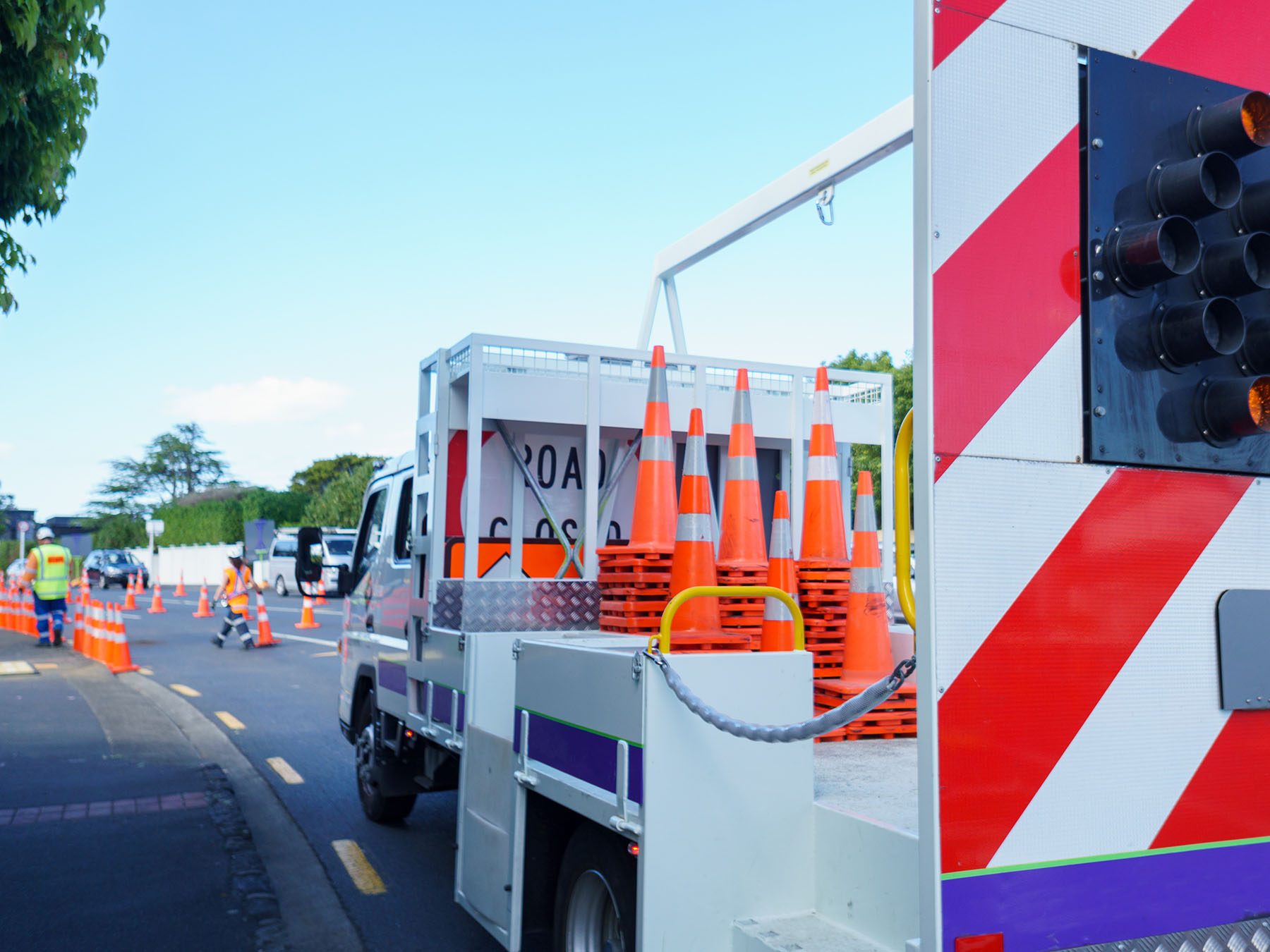Traffic controlling has become an important career and venture following the advancement of traffic technologies.
It’s the work of traffic controllers to set up, coordinate, remove, and manage traffic control. They control traffic in disrupted places and scenes, such as accidents, building sites, planned maintenance, and roadworks.
Despite the growing popularity and prestige of traffic controllers, many are still undecided on its career prospect and growth, including its remuneration and roles.
Read on as we reveal the salaries and roles of traffic controllers.
How Much Does a Traffic Controller Earn?
The approximate overall pay of a traffic controller in the US is $58,030 annually. The base pay is $38,482 annually, and the additional pay is around $19,500 yearly. This additional pay can include commission, cash bonus, profit-sharing, and tips.
In the UK, the average traffic controller remuneration is £50,000 annually or £25.64 hourly. The entry-level position begins at £41,750 yearly.
In Australia, the average traffic control salary is $60,213 annually or $30.88 hourly. The entry-level position begins at $52,650 yearly, while experienced staff earns $77,799 annually.
Traffic Controller Roles and Responsibilities
Whether it’s for road, water, air, or railway, the roles of traffic controllers are mostly the same. Their major responsibilities include to:
- Manage unexpected incidents, events, or emergencies.
- Manage daily work zone set up and maintain or exceed company and state’s expectations.
- Finish plans on the AutoCad using measurements from the field.
- Control motorists and pedestrians in traffic.
- Using AutoCAD to design signal layouts for intersections.
- Safely guide air traffic throughout the operation in line with Airport regulations.
- Repair, troubleshoot, maintain, and replace some traffic signals and components.
- Certify handlers to properly package, store, label, and move relevant materials for clearance.
- Coordinates ships in the harbour or port while operating to avoid incidents or collisions.
- Work as the first resort in response to road emergencies.
- Offer ATC services under the delegated airspace in line with ICAO, FAA, or local policies.
- Recruit and train transportation personnel while ensuring good compliance with various transportation regulations.
- Operating from a signal box to direct the order and train’s movement while ensuring safety always.
- Maintain efficient communication with suppliers to ensure timely buying of orders and delivery schedules.
Starting a Career in Traffic Controlling
To become a certified traffic controller, start by enrolling and completing a traffic control course.
Browse for a good and reliable traffic controller course. The idea is to ensure the site offering the course or training is well-accredited by the right authorities.
Next is to apply for accreditation. When you finish your course or training, go with your statement of attainment to a nearby Traffic Control Authority to apply for accreditation.
In another sense, the accreditation is your traffic controller license, which is mostly valid for 3 years depending on the country of residence. You’ll start practicing once you get the accreditation or license.
In another vein, you may want to know the cost of getting a traffic controller course. The truth is that there’s no general charge for the traffic controller course.
In the US, UK, and Australia, the charges depend on your city, the type of training you want, the duration, and the course instructor’s experience level.
Go to this site to find out the cost of a reliable traffic controller course in Australia.
You may also wish to know about the online websites that offer good traffic controller courses and training.
As mentioned, you have to join and complete a traffic controller course before becoming a traffic controller. You can achieve this via a credible online site for traffic controller courses.
Nowadays, several websites are offering a traffic controller course or training. Carefully pick one based on your schedule, budget, and needs.
Global Training Services, a private RTO based in Brisbane, Australia, is one of the websites that offer traffic controller courses. We strive to provide exceptional training for clients serious about successfully conducting their work safely and efficiently while meeting legislative requirements.
Types of Traffic Control
To fully understand the traffic control industry, you need to know the types of traffic control and their functions. They are:
1. Road Traffic Control
Road traffic control is directing pedestrian and vehicle traffic around a road disruption, construction zone, or accident scene to ensure orderliness and safety.
It involves controlling traffic for the general public, including emergency response teams and construction workers.
2. Air Traffic Control
Air traffic control is offered by ground air traffic controllers to direct aircraft on the ground and via a section of controlled airspace.
It’s a service that controls on-ground traffic and control in some sections of airspace. Also, it offers advisory services to aircraft in uncontrolled airspace.
3. Railway Traffic Control
Rail traffic control is operating with points and signals that help to ensure that trains run safely and efficiently.
The traffic controllers operate from a signal box to direct the order and train’s movement while ensuring safety always.
4. Marine Traffic Control / Vessel Traffic Service
Marine Traffic Control or Vessel Traffic Service aims to offer active monitoring, control, and navigational advice for vessels in a busy and confined space.
The department coordinates ships in the harbour or port and operates to avoid incidents or collisions by controlling movements from the port control centre.
If you’d like to know more about different traffic controller courses and training, call us here today. We can guide you on the important training courses to take.
We also offer weekly or online traffic course training. The training can be customised for delivery at your preferred pace and time.


